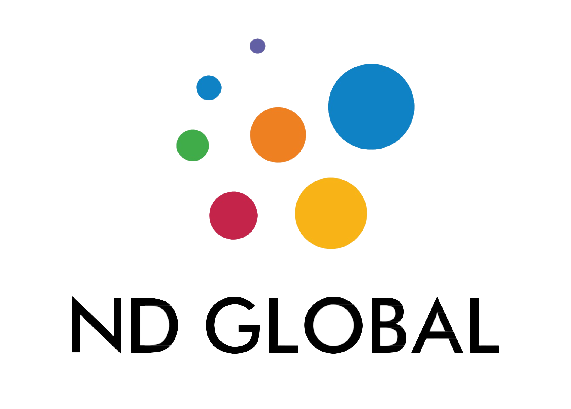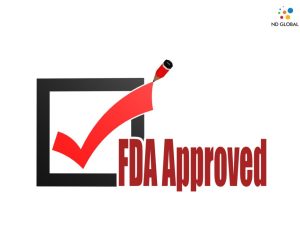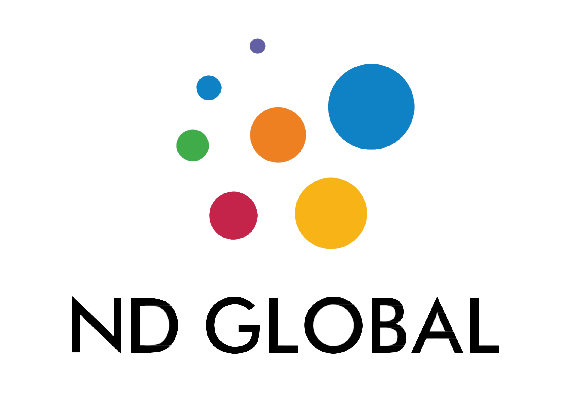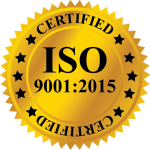Introduction to ISO 13485 – ISO 13485 is an internationally recognized standard that sets forth the requirements for a quality management system (QMS) specifically tailored to the medical device industry. Developed by the International Organization for Standardization (ISO), ISO 13485 provides a framework for medical device manufacturers to establish and maintain processes that ensure the consistent design, production, and distribution of safe and effective medical devices. The standard is based on the principles of quality management, risk management, and regulatory compliance, with the ultimate goal of enhancing patient safety and product quality.
Key Components of ISO 13485
1. Quality Management System (QMS): At the core of ISO 13485 is the establishment and maintenance of a comprehensive quality management system. This system encompasses the organizational structure, responsibilities, procedures, processes, and resources required to implement quality management and achieve desired outcomes. By implementing a QMS aligned with ISO 13485 requirements, medical device manufacturers can ensure consistency, traceability, and accountability throughout their operations.
2. Risk Management: ISO 13485 places significant emphasis on risk management as a fundamental aspect of the medical device lifecycle. Organizations are required to identify, assess, and mitigate risks associated with their products and processes. By integrating risk management into all stages of development, from product design to post-market surveillance, manufacturers can proactively address potential hazards and ensure the safety and performance of their devices.
3. Regulatory Compliance: Compliance with regulatory requirements is a critical component of ISO 13485. The standard helps organizations navigate the complex landscape of medical device regulations by providing guidelines for documentation, product registration, and adherence to applicable laws and standards. By aligning with ISO 13485 requirements, manufacturers can demonstrate compliance with regulatory authorities and gain market access more efficiently.
4. Product Lifecycle Management: ISO 13485 emphasizes the need for a systematic approach to product lifecycle management. This includes processes for design control, validation, and verification to ensure that products meet specified requirements and perform as intended. By implementing robust lifecycle management processes, manufacturers can maintain product quality and consistency from initial concept to end-of-life disposal.
5. Continual Improvement: Continuous improvement is a core principle of ISO 13485. Organizations are encouraged to monitor, analyze, and refine their processes on an ongoing basis to enhance efficiency, effectiveness, and customer satisfaction. By collecting and analyzing data, identifying areas for enhancement, and implementing corrective actions, manufacturers can drive innovation and improve the performance of their quality management system over time.
Benefits of ISO 13485 Certification
1. Enhanced Product Quality: ISO 13485 helps organizations improve the quality and reliability of their medical devices, leading to greater customer satisfaction and reduced risk of product recalls or failures. By adhering to rigorous quality management practices, manufacturers can identify and address potential issues early in the development process, minimizing the likelihood of defects or deficiencies in their products.
2. Compliance Assurance: Certification to ISO 13485 provides assurance to regulators, customers, and stakeholders that an organization meets international standards for quality management in the medical device industry. By demonstrating compliance with ISO 13485 requirements, manufacturers can streamline the regulatory approval process and gain market access more easily.
3. Risk Reduction: The emphasis on risk management in ISO 13485 enables organizations to identify and mitigate potential hazards associated with their products and processes. By systematically assessing and addressing risks throughout the product lifecycle, manufacturers can minimize safety risks for patients and users, ultimately enhancing public health and safety.
4. Competitive Advantage: Certification to ISO 13485 can differentiate manufacturers in the global marketplace, instilling confidence in customers, regulators, and stakeholders. By achieving ISO 13485 certification, organizations signal their commitment to quality and compliance, positioning themselves as trusted partners in the medical device industry.
Conclusion – ISO 13485 plays a crucial role in ensuring the safety, quality, and reliability of medical devices. By establishing and maintaining a robust quality management system that adheres to the requirements of ISO 13485, organizations can enhance patient safety, mitigate risks, and drive continual improvement in the medical device industry. Certification to ISO 13485 provides numerous benefits, including enhanced product quality, compliance assurance, risk reduction, and competitive advantage. As the medical device industry continues to evolve, ISO 13485 will remain essential for organizations seeking to achieve excellence in quality management and regulatory compliance.










